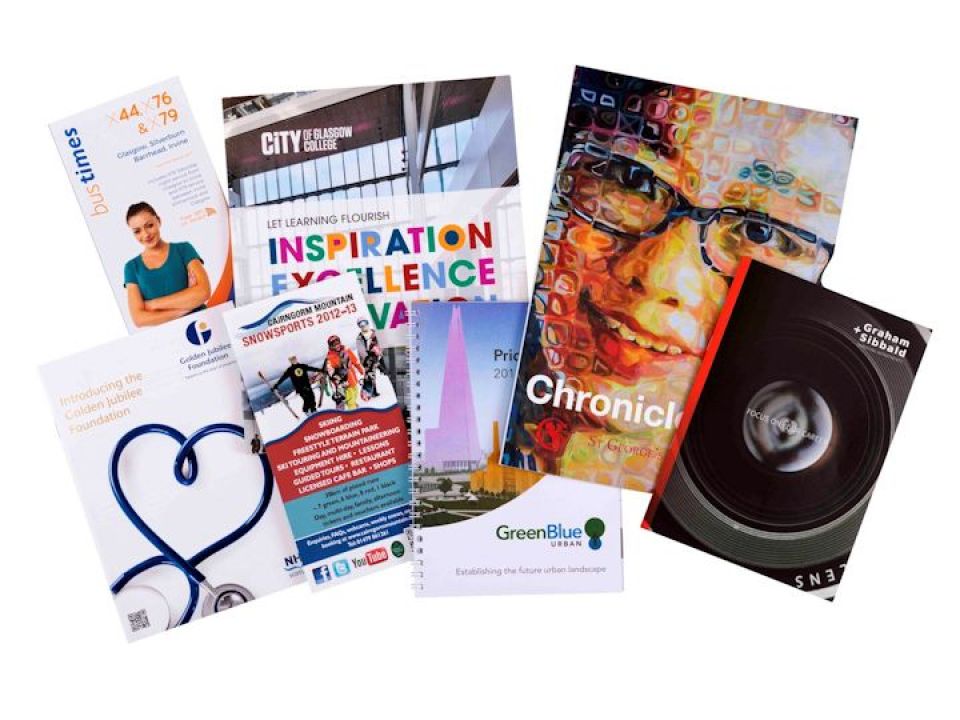
Learning, and why our brains love print
The meteoric rise of digital has had an undeniable impact on way we present information for learning or enjoyment, leading many to fear the eventual disappearance of print.
Current trends, however, suggest that they might be wrong. Print is actually experiencing a resurgence; fuelled no doubt in part by nostalgia, but far more significantly by psychology.
Amid the constant pop and click of digital, the modern reader is increasingly attuned to the slower, more substantial experience offered by print. As innovative beings, this trend goes somewhat against the grain – and the reason? The wonderfully complex human brain, and its innate love of haptics.
Haptics describes all forms of interaction related to touch – and incredibly, 40 percent of the human brain is continuously preoccupied with them. Haptics are a building block of communication, fundamental to our relationships with each other and the world around us. Our sense of touch is in essence our sense of truth; while we can misread or mishear something, it’s impossible to ‘mis-touch’ it, and therefore the things we hold in our hands automatically capture our confidence and trust.
Haptics are also strongly linked to memory. It’s no accident that our fingertips have the highest concentration of nerve endings found anywhere in the body – and studies show that when we explore something with our hands, even blindfolded, we form accurate, lasting memories of that object.
So, what’s this got to do with learning?
For communications or learning resources seeking to make a lasting impression, print has the ability to cut through the superficiality of digital and connect on a deeper level. In educational settings, considering the haptics of printed resources can have a positive impact on learning outcomes.
For instance, haptic perception tells us that the heavier an object is, the more serious and competent it must be. The use of heavy or textured paper stock can lend authority to a printed document, leading the reader to connect on a sensory level, take the content more seriously, and remember it for longer. In an educational setting, it’s not hard to imagine how this might have benefits for both student and educator.
The sensory experience afforded by print can be further enhanced with the use of techniques such as letterpress, embossing, hot foil stamping and die cutting.
To sum up, in a digital, fast-moving world, people yearn for things that are durable and tangible. Regardless of industry, communication that has been haptically optimised is more intuitive, more memorable and more resonant than digital could ever hope to be.

